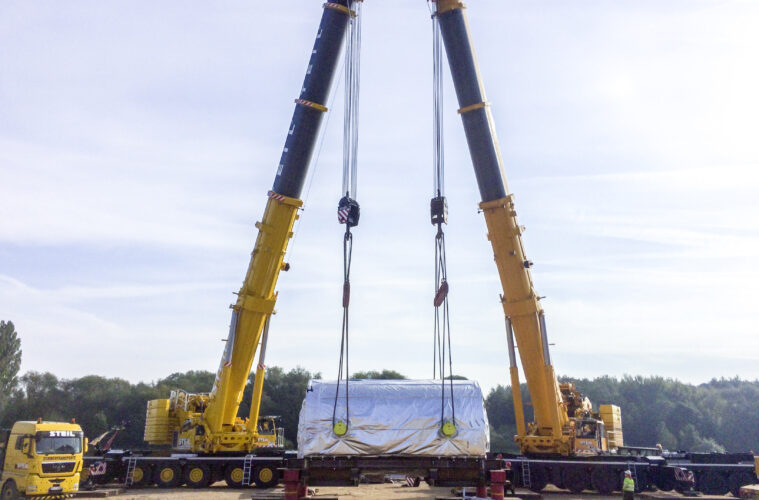Are you familiar with cranes but find yourself confused when it comes to differentiating between all terrain and rough terrain varieties? Don’t worry, you’re not alone! In the world of heavy machinery, these terms are often used interchangeably, causing misconceptions. Join us as we dive into the exciting world of cranes and unravel the mystery behind what sets all terrain and rough terrain cranes apart. Get ready for a riveting exploration that will leave you knowledgeable and ready to take on any construction site challenge.
Are you a construction enthusiast or just curious about heavy machinery? Well, look no further! In the world of cranes, the terms “all terrain” and “rough terrain” are frequently thrown around. From lifting capabilities to off-road prowess, this blog post will delve into the intriguing differences between all terrain and rough terrain cranes. So buckle up and get ready for an enlightening journey through the fascinating world of crane technology!
Introduction to Cranes
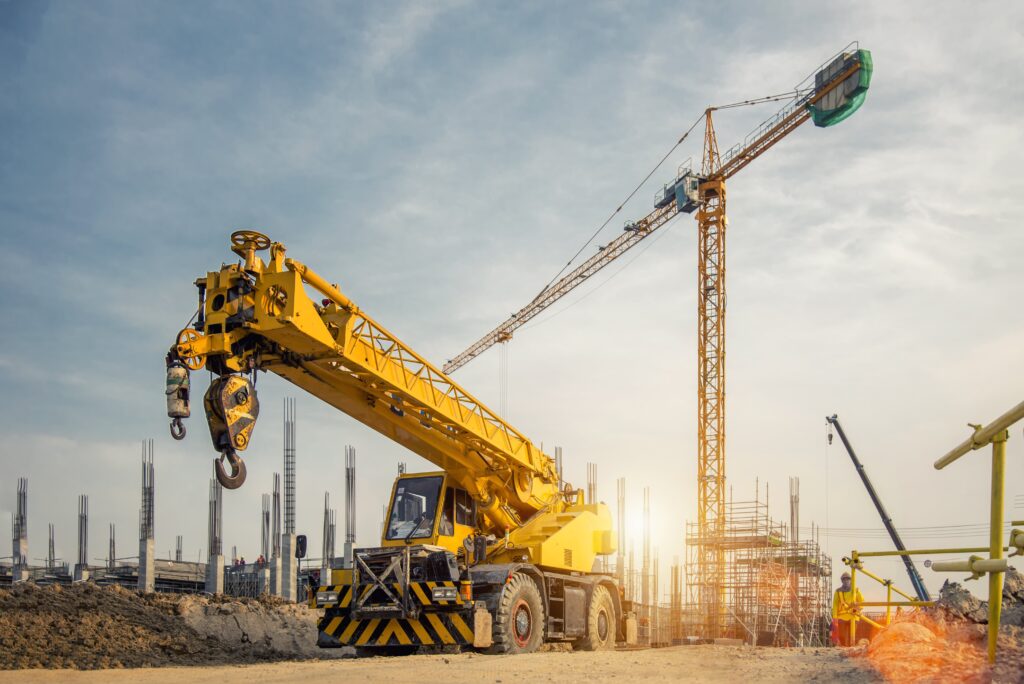
source: pinterest.com
Cranes are machines that are used to lift, lower and move heavy loads. They are an essential piece of equipment on construction sites and in many industrial settings. All terrain cranes and rough terrain cranes are two of the most popular types of cranes.
All terrain cranes are designed for use on all types of terrain, including pavement, gravel, grass and mud. They have four wheel drive and a wide range of motion that allows them to maneuver around obstacles easily. All terrain cranes are typically used for construction projects and other applications where flexibility is important.
Rough terrain cranes are designed for use on rugged or uneven terrain. They have four wheel drive and large tires that provide good traction. Rough terrain cranes for sale are often used for mining operations, forestry work and other applications where the ground is not even or smooth.
What is an All Terrain Crane?
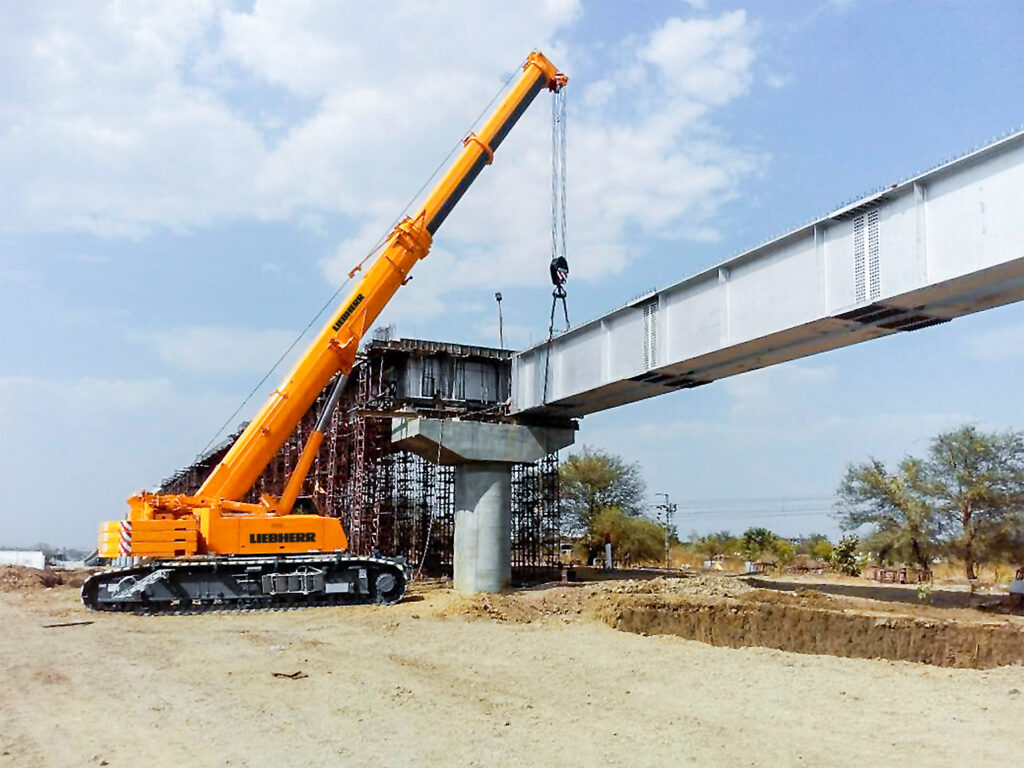
source: pinterest.com
An All Terrain Crane (ATC) is a type of mobile crane that is designed to be used on a variety of terrain, including both off-road and on-road. ATCs are typically wheeled cranes, although some may also be tracked. They are generally smaller than Rough Terrain Cranes (RTCs), and have a more compact design that allows them to maneuver in tight spaces. ATCs typically have four-wheel drive and steering, and can travel at high speeds on highways. Most ATCs are equipped with outriggers that can be deployed to stabilize the crane during operation.
ATCs are used in a variety of applications, including construction, mining, industrial plant maintenance, and disaster relief. They are well suited for lifted loads that are not too heavy or too large, and can be used in areas where RTCs would be impractical or unable to operate.
What is a Rough Terrain Crane?
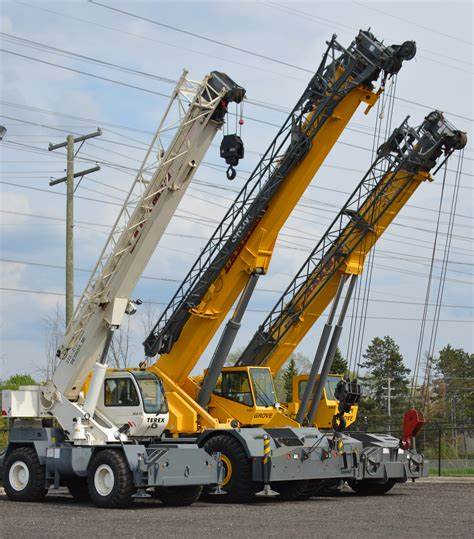
source: pinterest.com
A rough terrain crane is a type of crane that is designed for use on rough or uneven terrain. These cranes typically have four-wheel drive and a wide base to provide stability when operating on uneven ground. Rough terrain cranes are often used in construction and mining applications where they are used to move heavy materials around sites with difficult terrain.
In addition to their four-wheel drive, rough terrain cranes also feature large tires that provide increased traction on soft surfaces. They are also lightly articulated and have extra-long booms so they can reach high places from a distance. Some rough terrain cranes also feature outriggers that help increase the crane’s stability when lifting heavy materials.
Comparisons between All and Rough Terrain Cranes
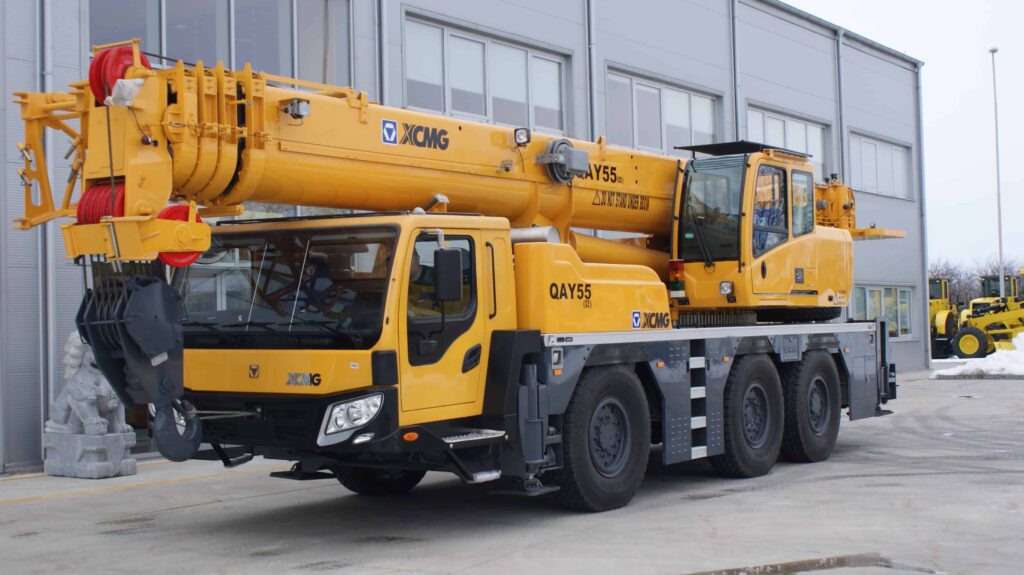
source: pinterest.com
There are a few key differences between all terrain and rough terrain cranes. First, all terrain cranes are designed for use on both soft and uneven surfaces, while rough terrain cranes are only meant for use on rugged, off-road terrain. Second, all terrain cranes typically have four-wheel drive and six-wheel steering for maximum maneuverability, while rough terrain cranes usually only have four-wheel drive. All terrain cranes tend to be smaller and more compact than rough terrain cranes, making them more versatile in tight spaces.
Advantages of Both Types of Cranes
There are advantages to both types of cranes. All terrain cranes can travel on any type of terrain, including rough terrain. They are also able to navigate tight spaces and can be used in a variety of settings, including construction sites, warehouses, and shipyards. Rough terrain cranes are designed specifically for use on rough terrain, such as mountainsides or rocky areas. They have special tires and suspension systems that allow them to maneuver over uneven surfaces.
Both types of cranes are beneficial for different purposes and can help streamline the process of lifting and transporting loads. All terrain cranes are ideal for use in difficult to reach areas, while rough terrain cranes are designed specifically for use in off-road locations. Furthermore, both types of cranes can be used to move materials quickly and safely, minimizing the risk of accidents or injuries.
Applications for All and Rough Terrain Cranes
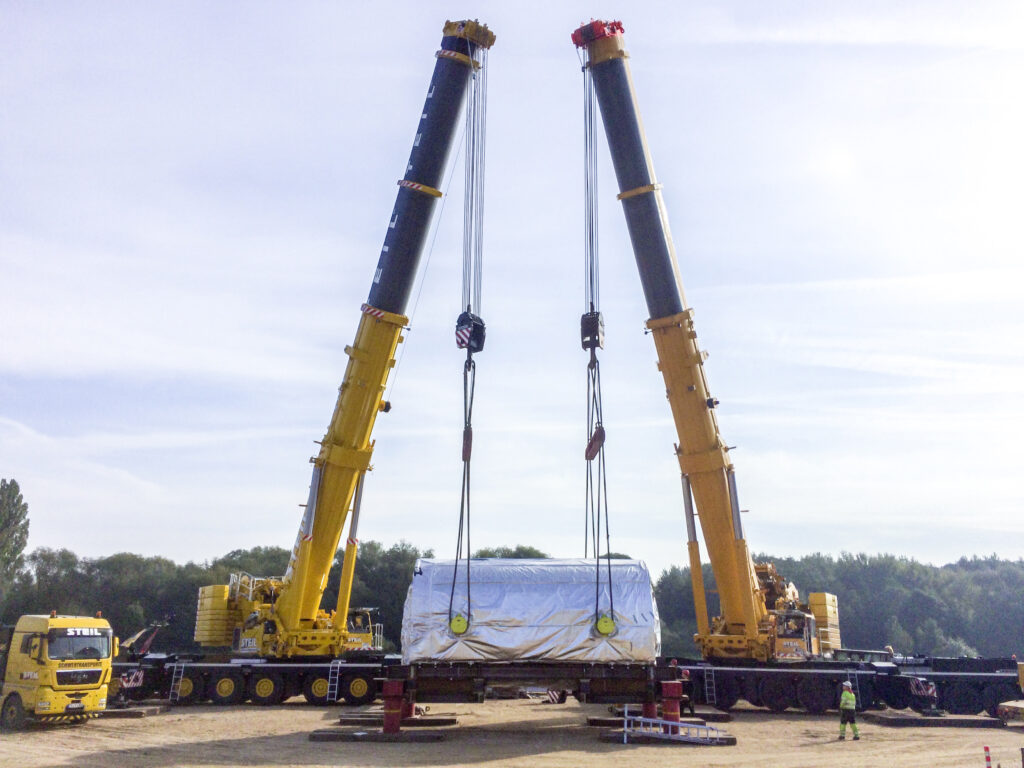
source: pinterest.com
The all terrain crane is able to drive on highways and rough terrain, making it ideal for long-distance transport or working in difficult-to-reach places. The rough terrain crane is designed specifically for off-road use, with a tougher chassis and larger tires that allow it to navigate rough terrain more easily.
All terrain cranes are most often used in construction, civil engineering, and industrial applications, such as lifting heavy loads in tight spaces. They are also commonly used for bridge construction and repair, pipe laying, and deep foundation work. All terrain cranes can be used to lift materials that are too big or too heavy for traditional road-based crane trucks.
Rough terrain cranes are often used in forestry, mining, oil and gas, quarrying, and other applications that require the ability to navigate difficult terrains. In addition to lifting heavy objects from a distance, these cranes can be used for digging trenches or moving large rocks. The rough terrain crane’s ability to easily traverse rough ground makes it invaluable in these industries.
Conclusion
All terrain and rough terrain cranes are both very useful pieces of equipment, but they have their differences. Understanding the differences between these two types of crane can help you choose the right one for your job. All-terrain cranes tend to be more versatile in terms of where they can operate, while rough terrain cranes offer greater lift capacity and better stability on an uneven surface. Ultimately, it comes down to understanding your project needs and choosing the best type of crane for them.

